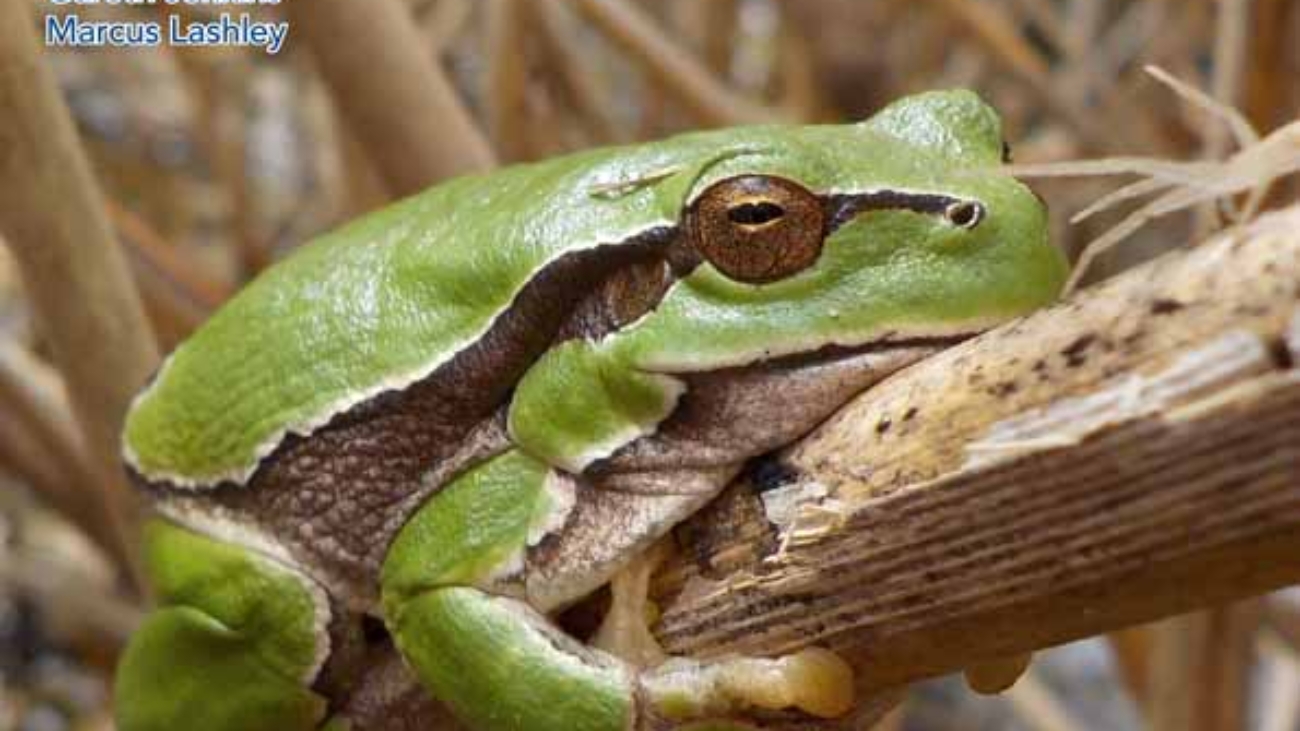Authors: Divya Bhattarai, Saurav Lamichhane, Aayoush Raj Regmi, Khagendra Prasad Joshi, Pratik Pandeya, Bijaya Dhami, Ambika Prasad Gautam, Hari Adhikari
Abstract: Invasive alien plant species (IAPS) pose a serious threat to overall plant biodiversity
across the globe. Nepal’s national parks and protected areas are not devoid of the
impact of IAPS. Unfortunately, there is a substantial gap in knowledge regarding the
extent and impact of invasion in protected areas of Nepal. This study assessed the
impact of invasive alien plant species on the resident plant species of the Koshi Tapu
wildlife reserve. After a preliminary field observation, we selected five major IAPS
in the area, Mesosphaerum suaveolens, Chromolaena odorata, Ipomoea carnea, Lantana
camara, and Mikania micrantha for this study. Ten pairs of adjacent plots sized 4 m × 4 m
were surveyed for each invasive species, comprising diverse vegetation types. Each
pair consisted of one “invaded plot” where the invasive species was dominant with
cover greater than 50%, and another “uninvaded plot” laid out in an adjacent area
with similar site conditions but without the invasive species. We calculated the Sørensen Index of Similarity for each paired plot. Wilcoxon rank-sum test was employed to compare ecological parameters between invaded and uninvaded plots for various plant species. Similarly, the difference in impact between each of the five invasive species was assessed using the Kruskal–Wallis test. Species richness varied significantly between invaded and uninvaded plots for C. odorata and I. carnea. The most significant impact on species composition of invaded communities (39.6%) was
observed for C. odorata. The cover of the other dominant species varied significantly
between invaded and uninvaded plots for all five species studied. The Kruskal–Wallis
test showed no significant difference in the impact caused by the five studied invasive
species on Species richness, Shannon–Wiener diversity index, species evenness, and
height of dominant species. However, a significant difference was observed between
the impacts of five studied invasive species and the cover of other dominant species.
The crown cover of dominant species decreased much more in the invaded plots of
L. camara and M. micrantha than in other species. Specialized management efforts are
required to control highly invasive species, such as C. odorata and I. carnea, alongside
proactive measures to prevent further spread in ecologically sensitive areas.
Paper Link: https://onlinelibrary.wiley.com/doi/10.1002/ece3.70316


